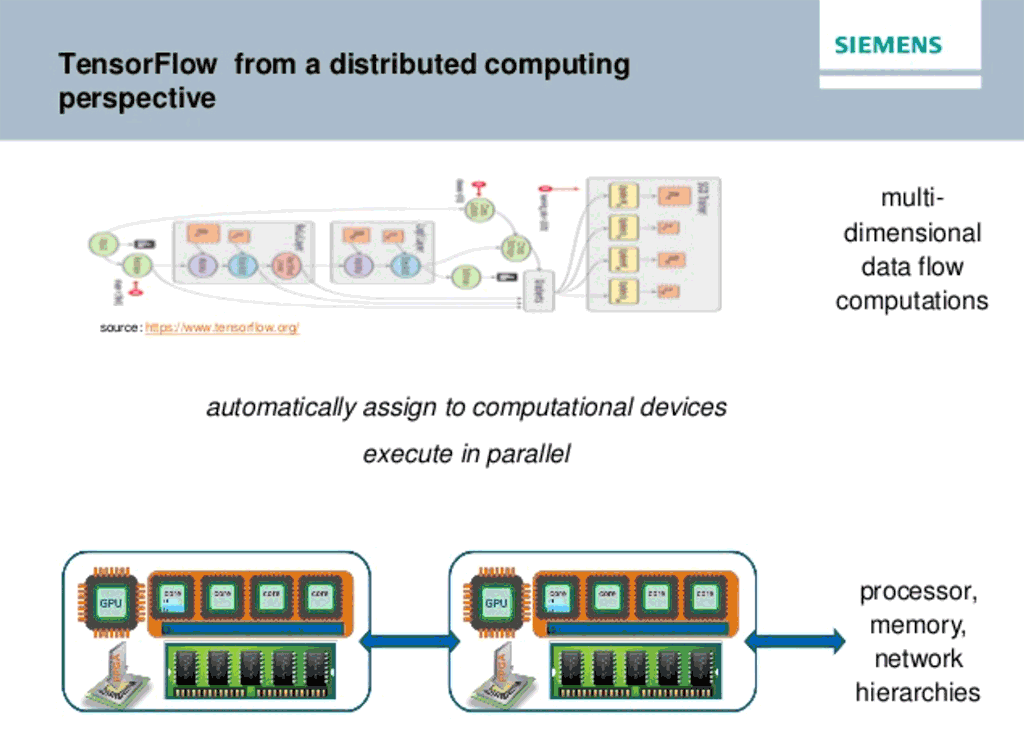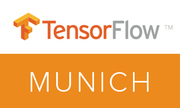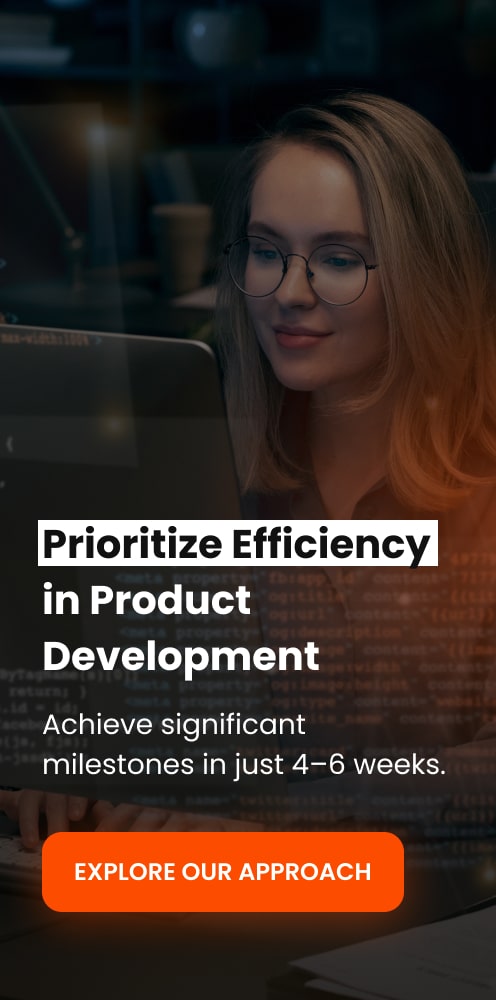Distributed Multi-Device Execution of TensorFlow for IoT


Below are the videos/slides from the TensorFlow Munich meetup—sponsored and organized by Altoros on March 1, 2016.
TensorFlow overview
In his session, Ankit Bahuguna of Cliqz provided an insight into TensorFlow usage, the library’s mechanics, and implementation. To demonstrate TensorBoard’s capabilities in visualizing learning, he exemplified two demos on linear regression and visualizing word embeddings in TensorFlow. Finally, he shared the results of the recent benchmarks and outlined the likely scenarios of evolution.
Below, you can check out the full slides by Ankit.
Distributed multi-device execution of TensorFlow
Sebnem Rusitschka, Senior Key Expert for Cyber-physical Systems at Siemens, provided an overview of TensorFlow from a distributed computing perspective. She also elaborated on the perculiarities of embedded systems when using TensorFlow and highlighted the associated challenges. Finally, Sebnem talked about multi-dimensional IoT data, tensor networks, and arrays/indexing.
Fireside chat
Later on, Alex Osterloh of Google and Artyom Topchyan of Reply discussed:
- What kind of tasks TensorFlow is built for?
- The industries / projects TensorFlow is applied within and the feedback received
- Recommendations for those getting started with TensorFlow
- The biggest challenges TensorFlow has at the moment
- Contributions of the community that can be of help
- The impact of open-sourcing TensorFlow
Join our group to stay updated with information on the upcoming meetups.
Further reading
- Visualizing TensorFlow Graphs with TensorBoard
- Distributed TensorFlow and Classification of Time-Series Data Using Neural Networks
- Adopting TensorFlow for Manufacturing and Industrial Internet of Things
About the speakers













